|
Disclaimer: I am too tired to proofread this post, please excuse any typos and other errors.
Despite getting into San Antonio very late and only having a few hours sleep, I hit the ground running with the day long event Computer Science Firehose which consisted of a keynote by Dr. Carol Fletcher Deputy Director of the Center for STEM Education - UT Austin Leveling Up in Texas CS Education”. She reminded us that with the upcoming ESSA, STEM must be written into the district plan in order to use ESSA funds for teaching computer science. If you would like to learn about the leading national computer science teacher initative program (in Texas) known as “We Teach CS”, Here are Dr Fletcher's slides to get a better idea of what her amazing presentation was about, she had some really interesting stuff in there! http://conference.iste.org/uploads/ISTE2017/HANDOUTS/KEY_108193269/ CSFirehoseKeynoteCompressed.pdf The rest of the day was spent in stimulating hourly sessions, all of which were stellar. Here is a brief summary of the sessions I attended: Microsoft Strand: Todd Beard - Teaching Students Career and Future Ready Skills with Microsoft Imagine Academy. This was by far one of the most useful sessions I have ever been in since Todd explained how students 14 and up can take a certification course known as MTA (Microsoft Technology Associate] --talk about career readiness! There are some caveats as the school needs have an agreement for this module in their 365 package but anyone interested can look into this and the more advanced certifications that students can work towards when they complete this one. The idea is that students can get on the job training by helping out with tech support in the school or district to relieve the IT department of some of the time consuming calls that can be solved by the MTA. Microsoft Strand: Todd Beard - Hacking STEM. In this hands on session, participants had an opportunity to develop a prototype of a finger sensor. The idea is that for a small amount of money, students can experience high quality STEM activities. To assist in this goal, some of the Microsoft crew started developing a website with activity instructions and templates so that teachers can quickly and easily provide this experience to students. There are activities for all ages and levels. It’s important to note that this is a work in progress and evolves whenever feedback is received, so if it does not meet your needs let them know so they can improve it! Check out the awesome activities here: https://www.microsoft.com/en-us/education/education-workshop/default.aspx Microsoft Strand: Neal Manegold - Get to Know Minecraft: Education Edition with Code Builder- There is so much helpful information in this beautiful minecraft education page so take a peek at it! https://education.minecraft.net/ Here is the presentation which has a lot of interesting information about the history of the project and where it is now: http://conference.iste.org/uploads/ISTE2017/HANDOUTS/KEY_108193269/Minecraft_CS_Firehose_2017.pdf Microsoft Strand: Todd Beard - Make What's Next - CS for All: Coding In and Out of the Classroom-A big highlight of the day was learning about the Touchdevelop program. This is an intermediate level coding opportunity to fill the gap that occurs when students finish the hour of block code curriculum and are not yet ready for advanced programming. Touch Develop can be used on any device and it is free of cost. Teachers can have control panels and they can assign which modules they want their students to do, or students can work on their own. There are a few different course lengths students can sign up for. Here is the fantastic description: “Want to teach students how to make amazing things and to have a real impact on their world? You can! The Creative Coding Through Games And Apps (CCGA) curriculum provides everything you need to deliver the course, including teacher prep materials, lesson plans, presentations, student assignments, homework, projects, and tests.” Freely available on iOS, Android, Windows, Mac, Chrome Books or Linux. https://www.touchdevelop.com/ Here is a downloadable manual about the course: https://cp-mlxprod-static.microsoft.com/010162-1002/en-us/downloads/creative%20coding%20through%20games%20and%20apps_about%20the%20course.pdf Finally, to pull it all together: odd Beard - Making + Coding = A More Inclusive Approach to Computing Education. We all received a BBC micro bit (brand new to the USA, though every student in the UK supposedly received them) and a Circuit Playground Express Base Kit. We used the programming blocks at the Make Code site (part of Microsoft). When you click on the link you will see icons for these two pieces of hardware..., It’s amazing to me that they have on board memory so after you program the actions you want, you download the little program file and drag it onto the drive it’s plugged into (via usb) and then you can make robots, toys, wearable jewelry, etc etc without being tethered to the computer to show off your work. https://makecode.com/ It’s important to note that the micro bit and Circuit Playground Express kit can be programmed by a number programs and the Make Code site is not necessary. If you have a program you like, give it a try! The Make Code site by Microsoft does a great job of organizing progressive educational initiatives, computational thinking being one, which is fantastic. The co presenter to this activity was amazing. I do not want to get her name wrong, so I will update the post with her name
2 Comments
|
AuthorSUE LEVINE- Archives
June 2017
|
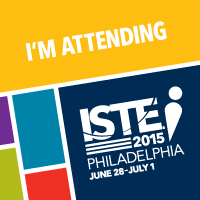
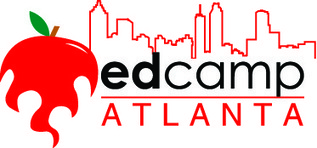
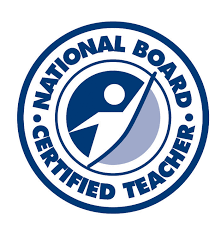
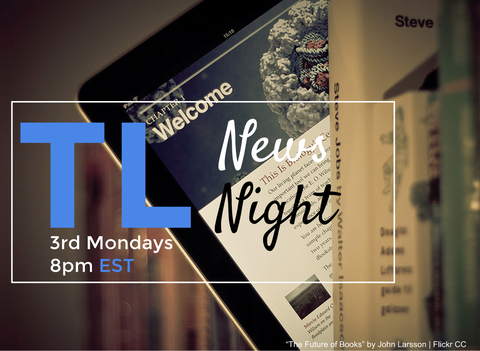
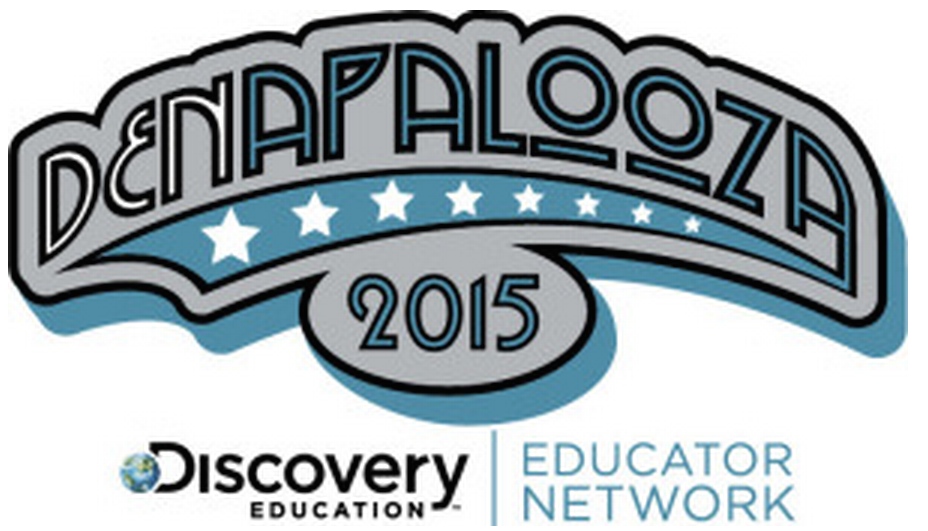
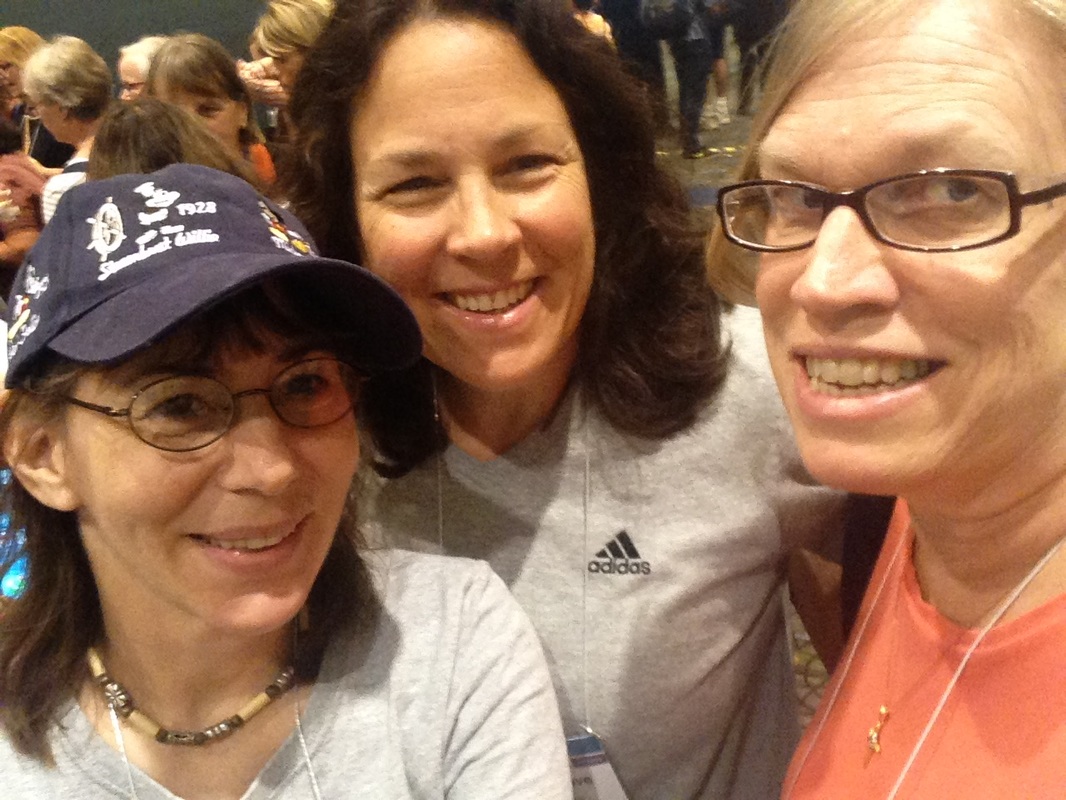
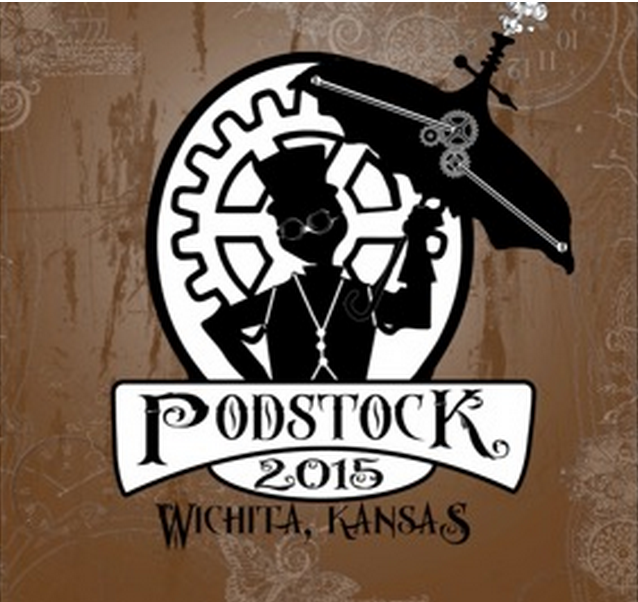
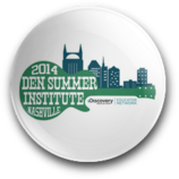
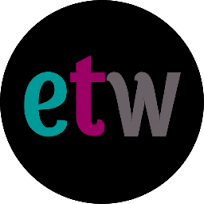
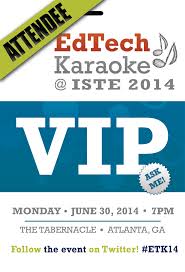
 RSS Feed
RSS Feed